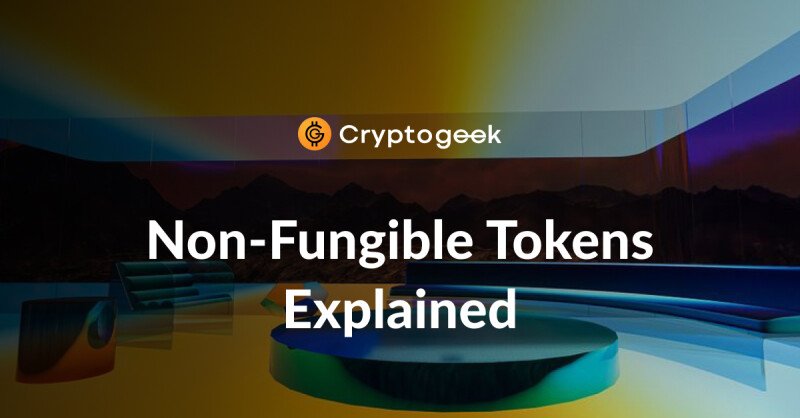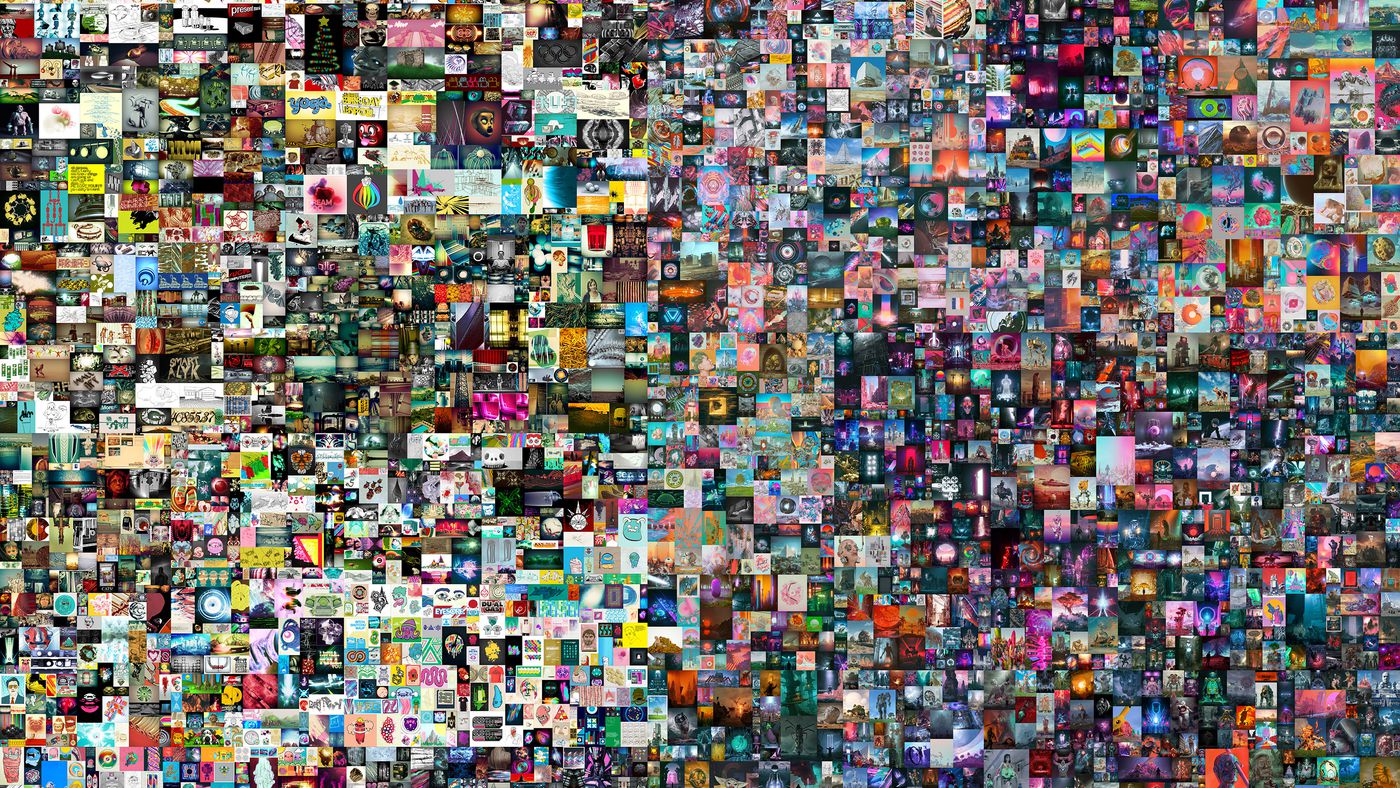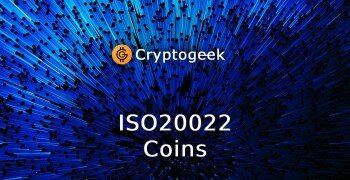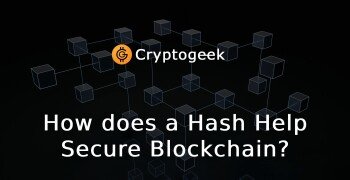What Are NFTs and Why Everyone's Talking About Them?


2021 became a big year for non-fungible tokens (usually called NFTs). We have written about them before however since that moment NFTs have gained a significant prominence on the market. Therefore, we should give an updated account on the NFT phenomenon.
What Are Non-Fungible Tokens?
A number of famous people including Canadian singer Grimes, British artist Banksy, British electronic musician Aphex Twin, and Twitter CEO Jack Dorsey have made headlines in March of 2021 because digital objects by them were sold for hundreds of thousands and millions of dollars as NFTs. What are NFTs and why do people are ready to spend so much money on them?
Banksy is the Satoshi of Street Art. https://t.co/04JrwB3Sib
— Sharon Zhang (She/Her) (@xiaoranz1986) March 20, 2021
Apart from NFTs, all the assets are interchangeable, meaning that, say, ten dollars can be always replaced by any other ten dollars. The same goes for most cryptocurrencies. Each Bitcoin has a recorded history of transactions that makes each unit somewhat unique but nevertheless, the value of each bitcoin is the same. That's what makes all these assets fungible, and that's the main thing that makes them different from non-fungible tokens. NFTs are crypto tokens that represent the unique assets existing as the one and only item that cannot be interchanged. Some reasonably compare NFTs to Fabergé eggs which are a series of unique jewelled Easter eggs — they all refer to the same group but you cannot replace any of them by another one.
Unlike jewelled eggs, NFTs are blockchain-backed pieces of information confirming the ownership of a digital item whether it is an image, an audio file or elsewhat. In other words, NFT proves that a person is an owner of a certain piece of data that can be found on the Internet. It's safe to say that NFT gives an owner the exclusive right to sell the item the token represents.
New and new NFTs can be created by anyone. The ownership verification, special features, and the transactions performance are possible thanks to smart contracts. There are no limitations in the functionality of non-fungible tokens so they can contain additional features (apps, scripts, etc). For instance, there is the proposed EIP-2981 standard that regulates the payments of royalties for ERC-721 tokens so each re-sell of an NFT can bring a certain reward to the token creator. It's worth saying that not all the NFT marketplaces support all the blockchains so if you are deciding on which blockchain to choose for your NFT you should make sure that you will use the blockchain supported by the preferred marketplaces.
The NFTs That Hit the Headlines
One of the early examples of NFTs that attracted much public interest were the virtual kittens from the CryptoKitties game. The game is built on-top of the Ethereum blockchain. In it people buy, and breed virtual cats. Every cat is unique. In 2017 the game became so popular that it has driven the ETH price to then all-time high. More than that, CryptoKitties exposed the scalability problems Ethereum has 'cause the network loaded by the CryptoKitties players began to lag. As for prices, one of the kitties was sold for $180k in 2018.
It took some time for NFTs to transform into something else. In 2021 this type of assets returned to prominence as the form of trading such items as art, images, songs, and even tweets. Some of the non-fungible tokens are sold via auctions.

One of the most notable cases was the auction sale of a jpeg file representing the artwork "Everydays: The First 5000 Days" by the artist using the pseudonym Beeple. The token was sold via a big auction house Christie's. The file's end price was $88 million. That was the first time when an NFT was sold via a major auction venue.
In March 2021, Twitter CEO Jack Dorsey sold the very first tweet ever existing (made by himself 15 years ago) as an NFT via auction. The final bid was $2.9 million. Dorsey announced that his intention was to convert the money to bitcoins and donate them to Africa Response, an organisation helping poor families in Kenya, Liberia, Rwanda, and Malawi.
Twitter founder Jack Dorsey's first ever tweet sells for $2.9m https://t.co/KtkiF2RnnP
— BBC News (World) (@BBCWorld) March 23, 2021
Another notable case is associated with Banksy's piece of art. A blockchain company bought a print of Banksy's work for $95,000. Then, the company destroyed the physical copy and sold the NFT representing this work for $380,000. Other cases include the sale of Grimes' digital arts. In minutes the series of her works earned her $6 million. An electronic music veteran Aphex Twin sold an NFT graphic artwork for $128,000. According to the musician, the money is set for planting trees and donating to permaculture projects. Elon Musk tweeted a song that was set to be sold as an NFT. However, it's yet to be clear if it wasn't a joke.









WhatsApp him on +84 94 767 1524.
Or Email Jeffsilbert 39 @ gmail. Com